OPINION | YIDDISH AFFAIRS | LITVAK ISSUES | MUSEUMS
◊
by Dovid Katz

Beloved multilingual signs proudly including Yiddish from Pylimo 4A, Pamenkalnio 12, and Naugarduko 10 are all gone. Their replacements have not a word of Yiddish text. Why this decision just now, in the 2020s, to eliminate Yiddish from state institutions that were so proud to include right-on-the-street Yiddish for close to forty years? Just now, when the government is making such nice hay from the 100th anniversary Yivo celebrations. Is what the Vilna Yivo stood for taken seriously?
◊
From the days of its majestic late 1980s independence struggle onward, Lithuanian state policy has for forty years now had the literally “one in the world” grace of centering the Yiddish language in the Jewish culture component of its remembrance and city signage policies and vision. The city once known as a symbolic capital of Yiddish language and scholarship would preserve the memory of that heritage with national and municipal pride. Plaques on the former addresses of master scholars Zalmen Reyzen and Max Weinreich, of poets Meyshe Kulbak and Avrom Sutzkever all have prominent Yiddish text. Vilna Ghetto signage has Yiddish. Yiddish is one of the four languages adorning the Tsemakh Shabad sculpture by the late Romas Kvintas.
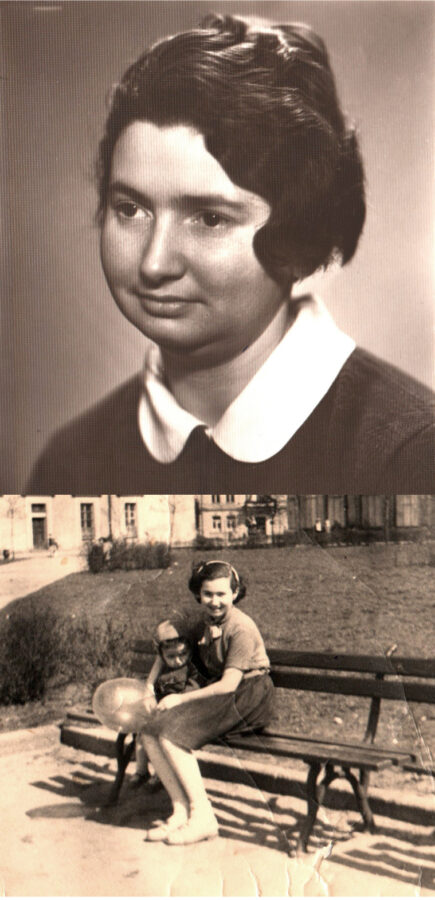
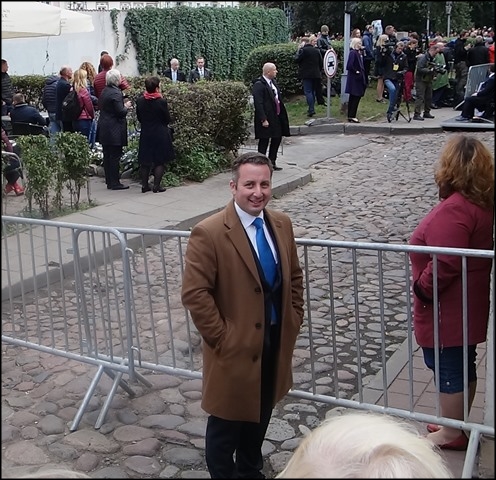
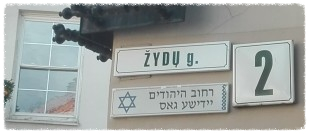
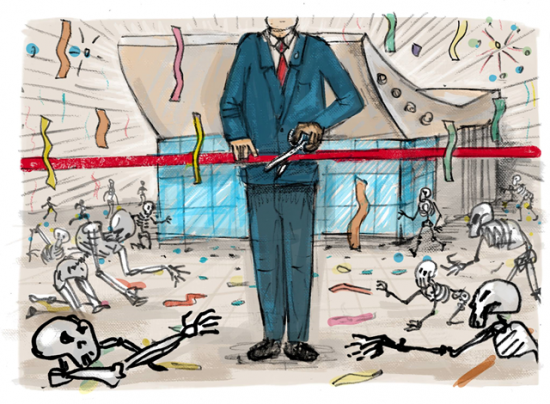
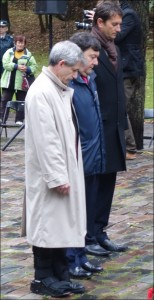
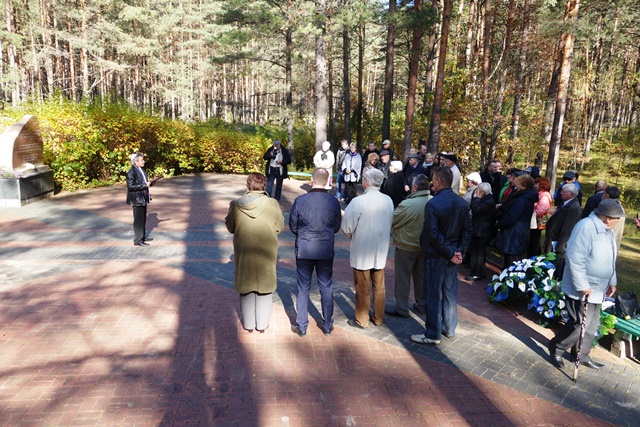
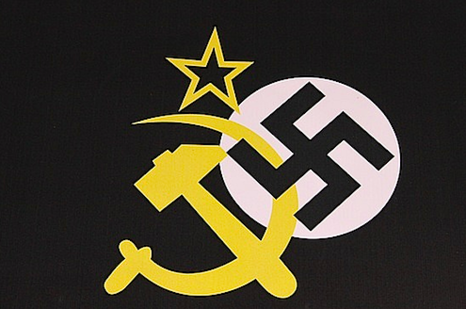 With the recent Lithuanian elections barely out of the way, and the ruling right-wing Homeland Union Conservatives the undisputed losers, the ultranationalist right is losing no time in pressing ahead aggressively with the Double Genocide “red-equals-brown” agenda, reverting to one of the movement’s original slogans: “United Europe — United History.” For pro-tolerance and liberal forces, the profoundly undemocratic message implied is that a united Europe has to also be united (i.e. have one opinion) on questions of history, and that Double Genocide and its central document, the
With the recent Lithuanian elections barely out of the way, and the ruling right-wing Homeland Union Conservatives the undisputed losers, the ultranationalist right is losing no time in pressing ahead aggressively with the Double Genocide “red-equals-brown” agenda, reverting to one of the movement’s original slogans: “United Europe — United History.” For pro-tolerance and liberal forces, the profoundly undemocratic message implied is that a united Europe has to also be united (i.e. have one opinion) on questions of history, and that Double Genocide and its central document, the 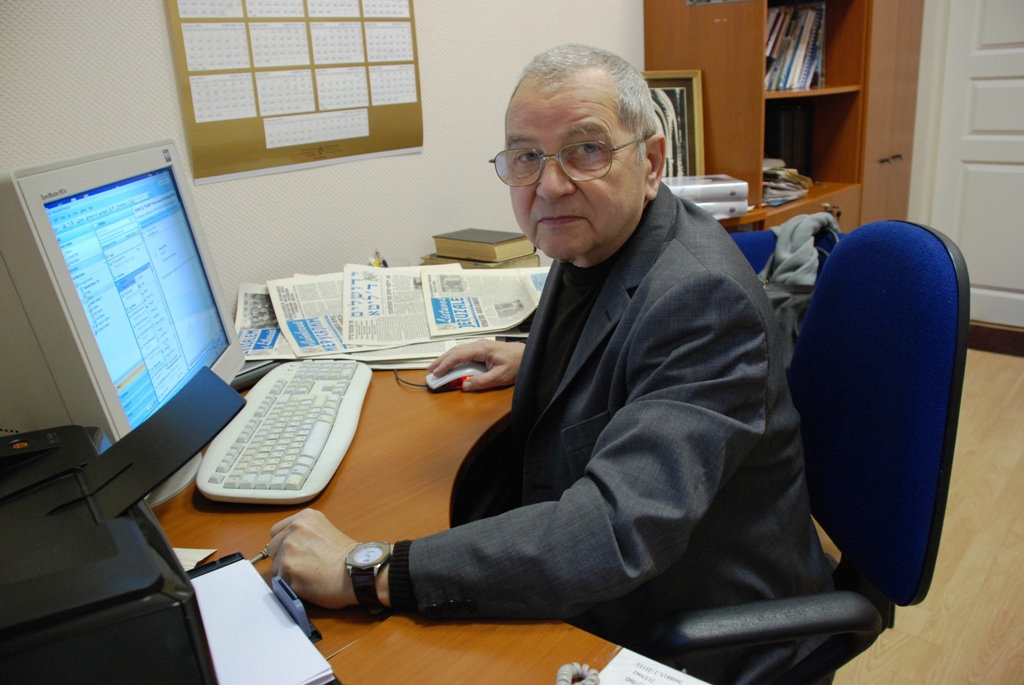 Milan Chersonski (Chersonskij), longtime editor (1999-2011) of Jerusalem of Lithuania, quadrilingual (English-Lithuanian-Russian-Yiddish) newspaper of the Jewish Community of Lithuania, was previously (1979-1999) director of the Yiddish Folk Theater of Lithuania, which in Soviet times was the USSR’s only Yiddish amateur theater company. The views he expresses in DefendingHistory are his own. This is an authorized English version (updated by the author) by Ludmilla Makedonskaya (Los Angeles).
Milan Chersonski (Chersonskij), longtime editor (1999-2011) of Jerusalem of Lithuania, quadrilingual (English-Lithuanian-Russian-Yiddish) newspaper of the Jewish Community of Lithuania, was previously (1979-1999) director of the Yiddish Folk Theater of Lithuania, which in Soviet times was the USSR’s only Yiddish amateur theater company. The views he expresses in DefendingHistory are his own. This is an authorized English version (updated by the author) by Ludmilla Makedonskaya (Los Angeles). 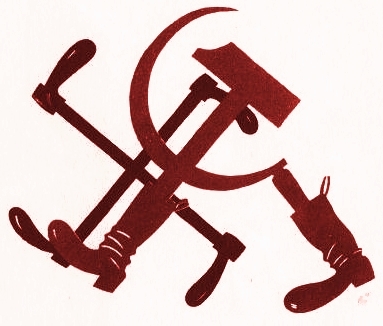 Holocaust survivors from Lithuania, and their families and advocates, are reporting feelings of “shock and betrayal” at “unbelievable reports” that Yad Vashem might again be lending legitimacy to the Lithuanian government sponsored “red-brown commission.” These accounts derive from a BNS (Baltic News Service) report today that appeared in various Lithuanian media, including
Holocaust survivors from Lithuania, and their families and advocates, are reporting feelings of “shock and betrayal” at “unbelievable reports” that Yad Vashem might again be lending legitimacy to the Lithuanian government sponsored “red-brown commission.” These accounts derive from a BNS (Baltic News Service) report today that appeared in various Lithuanian media, including 


